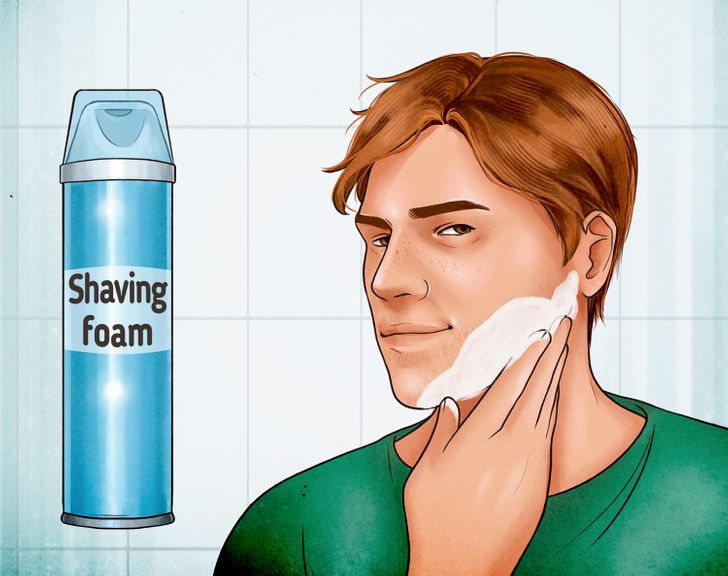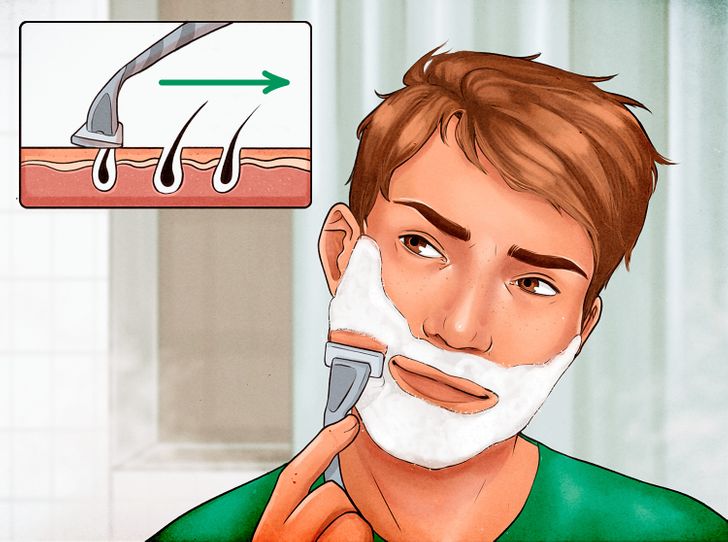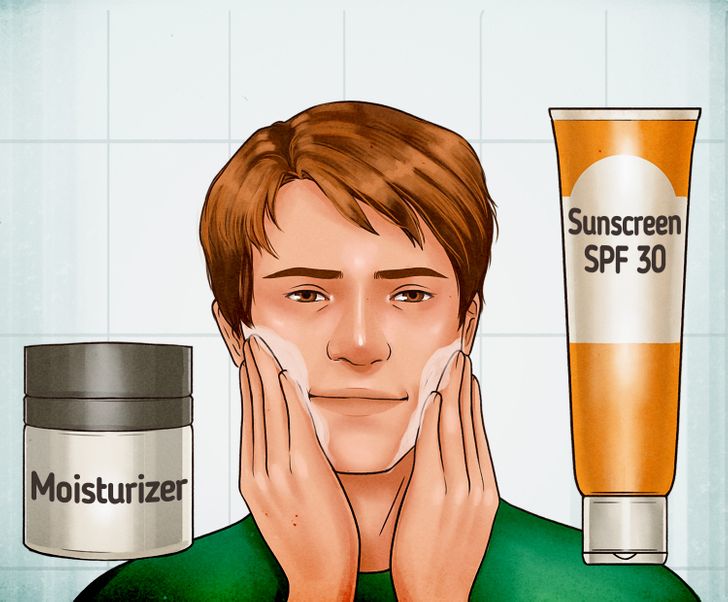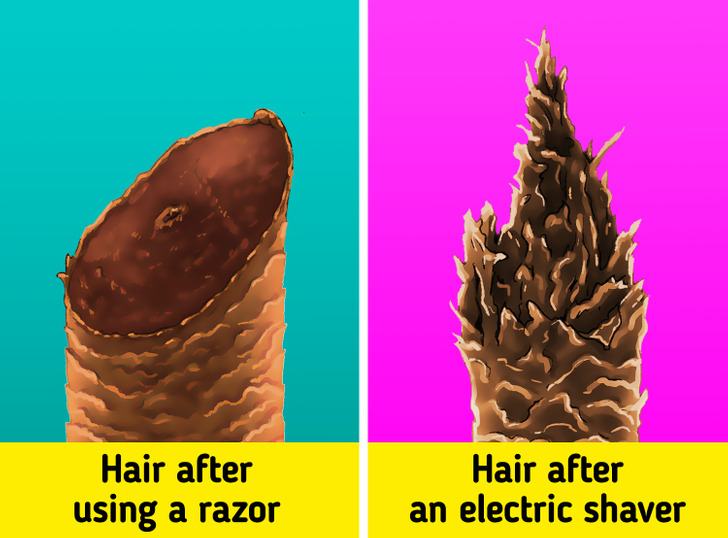How to Shave Your Face

It’s estimated that shaving has been around since ancient history, and it’s something a lot of us do on a daily basis. But if done improperly, it has the potential to irritate the skin, cause ingrown hairs, and leave some unwanted razor bumps.
5-Minute Crafts created a simple step-by-step guide on how to shave your face.
Step 1: Use a facial cleanser.

Step 2: Apply shaving cream, gel, or foam.

Next, spread a layer of your preferred shaving product all over the areas you’re going to shave. These products come in several different forms, like shaving creams, gels, or foams.
Note: If you have sensitive skin, look for a product geared toward that skin type. Those claims are usually written on the label.
Step 3: Start shaving.

Then place the blade on your face and start shaving. To avoid irritation and razor bumps, always shave gently and with the grain (meaning in the direction that the hair naturally grows). Rinse the razor after each swipe. Make sure to replace the blade after using it 5-10 times.
Note: If you have acne, pay special attention not to shave over the spots, as this can cause irritation. Instead, an electric razor might be a better option.
Step 4: Moisturize.

Finally, apply a non-comedogenic moisturizer suited for your skin type to soothe any irritation and hydrate the skin. If it’s morning time, follow it up with a broad-spectrum SPF 30 or higher sunscreen.
Bonus: the difference between blade shaving and electric shaving

The main difference between blade shaving and electric shaving is the way hair is cut:
- A razor cuts the beard hair with a single stroke of the blade.
- An electric shaver cuts the hair with a motion that’s similar to scissors.
There are no “better” or “worse” shaving methods unless you plan on being inspected under a microscope. In fact, it’s just a matter of personal preference and habit.